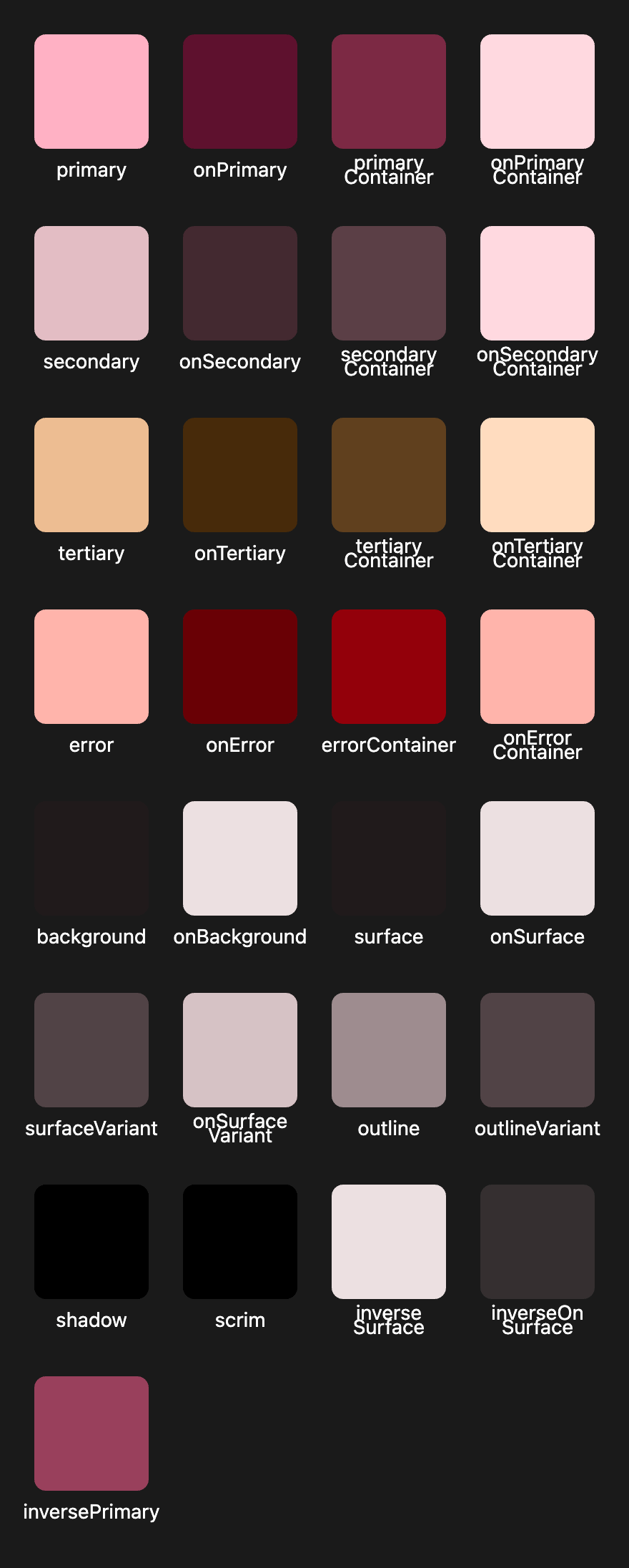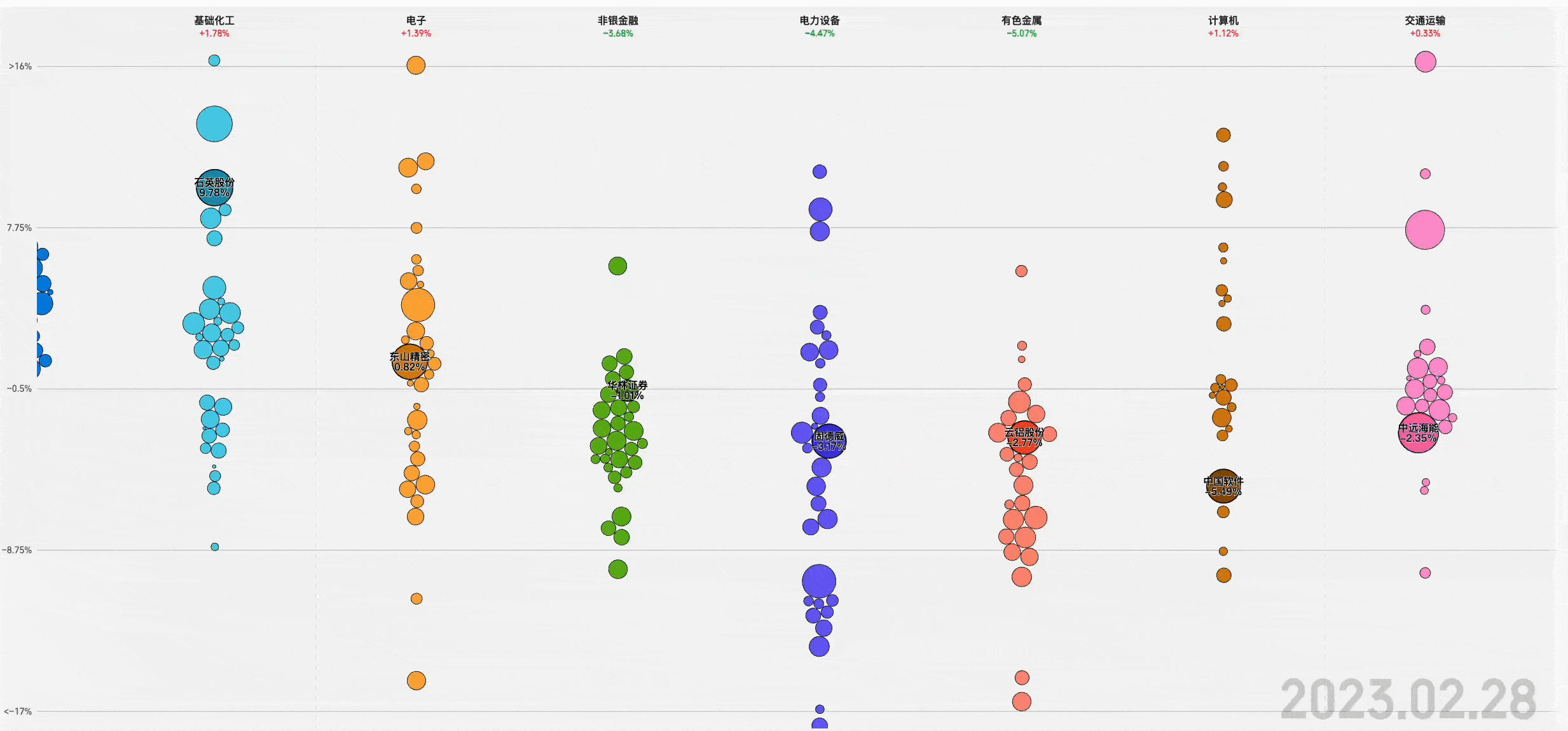DataViz Review
TLDR
This article provides a systematic introduction to the core concepts, methodologies, historical evolution, and emerging trends in data visualization. It begins by elucidating the essence of visualization—optimizing information transmission through visual encoding while leveraging the human eye's high-bandwidth parallel processing capabilities to achieve rapid data comprehension. The article then traces the evolution of visualization from the 17th century to present day, along with a microcosm of China's charting library development from ECharts to AntV to VCharts. At the application level, it delineates three major domains: scientific visualization (simulation), information visualization (communication), and visual analytics (analysis), with particular focus on frontier topics including narrative visualization, AI4VIS, VIS4AI, and immersive visualization. Finally, it points out that by empowering the design pipeline with AI and introducing well-designed narrative interactions, the industry can effectively address the dual challenges of designer scarcity and high cognitive barriers for users.


















